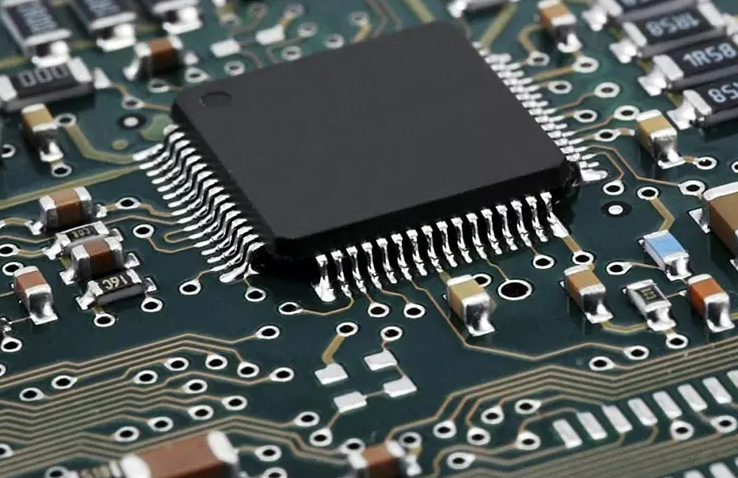Have you ever encountered such a problem? The sudden failure of electronic equipment may be caused by short circuit, overload or overheating caused by excessive resistance. At this time, what should we do? Don't worry, today we will talk about how to use thermal imagers to troubleshoot electronic circuit boards and find the culprits that cause circuit boards to overheat.
1. What is a thermal imager?
First of all, someone may ask: "What is a thermal imager?" A thermal imager is a high-tech device that can detect the temperature distribution on the surface of an object and convert it into a visual thermal image. You can think of it as a pair of "perspective eyes" that can see heat. Whether it is night or day, it can help you find temperature anomalies hidden in the circuit board.
Why do we need such a magic weapon? Because thermal imagers can help us quickly and accurately locate overheated components and then find out the problem.

2. Overheating caused by short circuit
Let's talk about short circuit first. Short circuit can be said to be one of the most common problems in electronic circuits. Short circuits can cause excessive current, which can cause local overheating.
1. How to detect short circuits with a thermal imager
Usually, when a short circuit occurs on a circuit board, a certain area will heat up rapidly. Pick up your thermal imager and scan the circuit board that is suspected of having problems. If you find that the temperature of a small area is abnormally high, then it is likely that there is a problem there.
2. Short circuit troubleshooting method
After confirming the overheating area, we need to further check which specific line or component caused the short circuit. It is recommended to use a multimeter with a thermal imager to narrow the scope of investigation step by step.
3. Overheating caused by overload
Let's talk about overload. Overload means that the current in the circuit exceeds the maximum tolerance of the design. Overload not only causes the circuit board to heat up, but also may damage the components.
1. How to detect overload with a thermal imager
Similar to short circuit, overload will also cause the temperature of a specific area to rise. Through the monitoring of the thermal imager, we can see that the path with excessive current will also be revealed. Special attention should be paid to the parts of the circuit that heat up severely, especially the power module and some high-power components.
2. Overload troubleshooting method
After finding the overheating area, we can test the relevant components and circuits to see if there is an overcurrent situation. Pay special attention to easily damaged components such as fuses and capacitors on the current path.
IV. Overheating caused by excessive resistance
Finally, let's take a look at excessive resistance. This situation usually occurs in electronic components with poor contact or aging. When the resistance is too large, electrical energy is converted into heat energy, causing components to overheat.
1. How to detect excessive resistance with a thermal imager
Use a thermal imager to scan the circuit board. The places with high temperature but normal current are often the places where the resistance is too large. Especially the connection points and welding points, these locations are most likely to have poor contact problems.
2. Troubleshooting method for excessive resistance
After confirming the area with excessive resistance, we can use a multimeter to measure the resistance of the corresponding node. If an abnormality is found, you need to consider re-soldering or replacing the component.
V. Summary
Troubleshooting electronic circuit boards with a thermal imager can be said to be an efficient and intuitive method. Whether it is a short circuit, overload or overheating caused by excessive resistance, as long as we are good at using this pair of "thermal eyes", we can quickly and accurately find the problem. Of course, in actual operation, combining other detection tools such as multimeters will make our troubleshooting more comprehensive and accurate.


